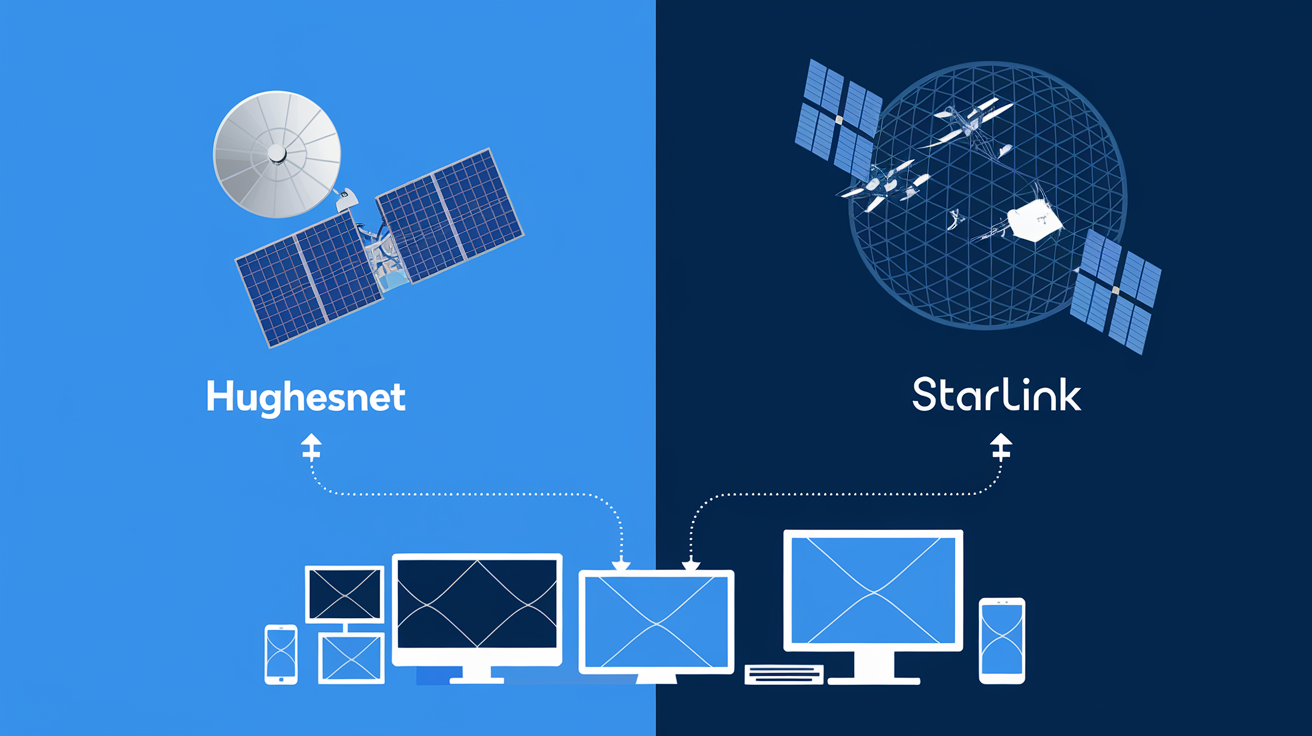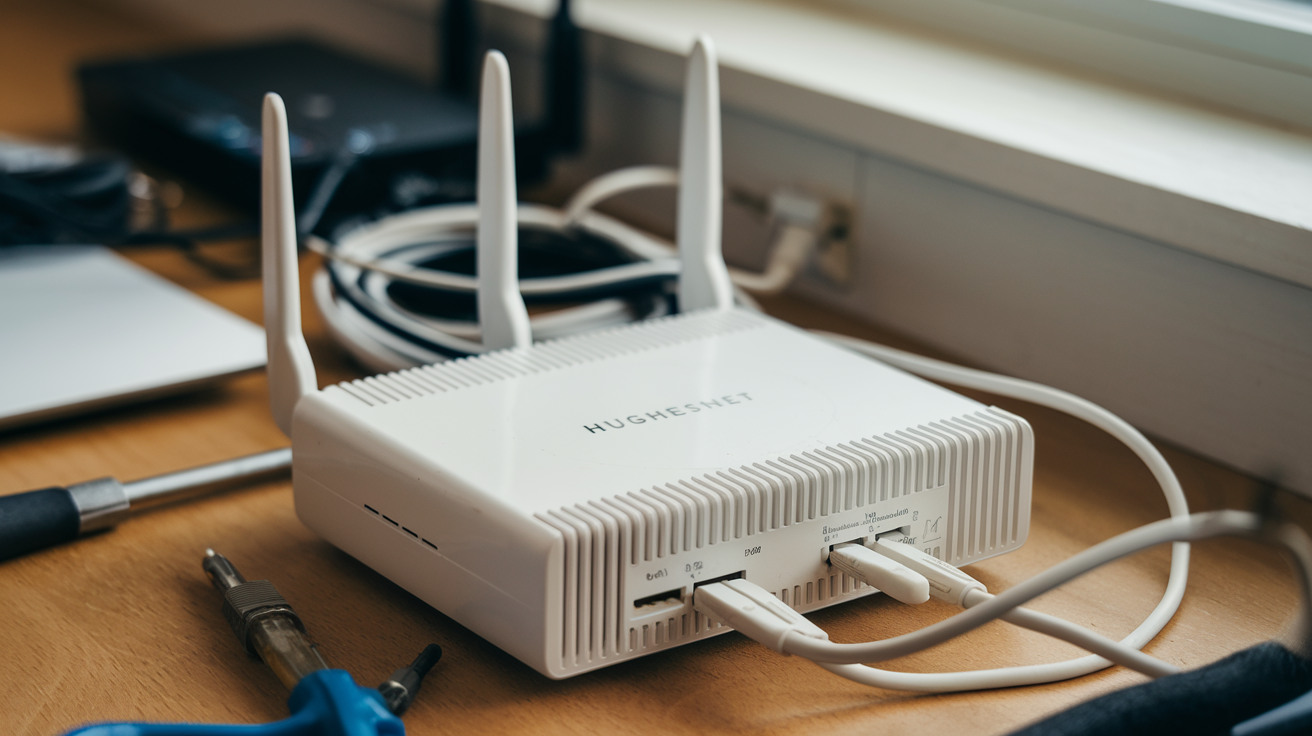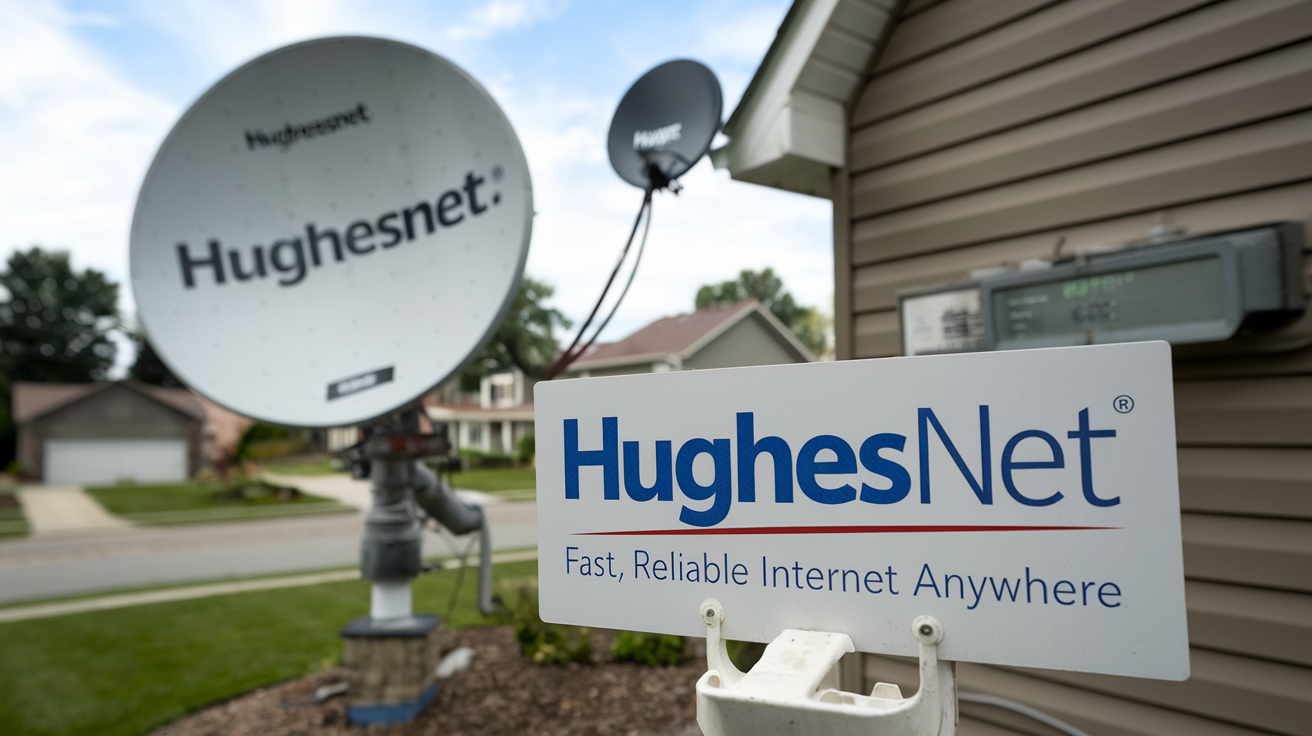
Hughesnet Proposes to Launch a New Satellite?
Hughes Network Systems popularly known as Hughesnet is a satellite internet service provider in North America that serves its clients. It currently has two satellites, the EchoStar XIX, and JUPITER 2/3, to serve millions of Americans who are unable to access cable or fiber connection in their rural areas.
Some of the undesirable features that Hughesnet has been blamed for in recent years are that it offers lower speed and lower data volume than most of the terrestrial ISPs. This has raised concerns that Hughesnet might be gearing itself up to launch a new generation satellite as a means of enhancing its network, bandwidth, and speed. Is a new Hughesnet satellite really in the making, however?
About the future of Hughesnet: why the company might launch a new satellite
There are several reasons why Hughesnet could benefit from an upgraded satellite system: There are several reasons why Hughesnet could benefit from an upgraded satellite system:
- Increasing bandwidth demands: The population has increased its consumption of bandwidth due to the shift of working from offices and socialization from physical cinemas to online streaming of high-definition videos. Hughesnet’s existing satellite constellation is probably having difficulty doing so. An increase in traffic happens, and more capacity from a new satellite would be useful.
- Competitive pressure: Viasat, a direct competitor in satellite internet services has been deploying faster satellite internet service within North America in the last few years. Hughesnet can justify the need for a new satellite because it would enable it to improve its competitiveness on the issue of speeds.
- Expanding subscriber base: Hughesnet provided internet services to about 1. 5 million customers by the end of the year 2021. To further increase the customer base and overall revenues, the potentially profitable network upgrade could be the satellite with higher speeds and more data allowance.
- 5G competition: As with most fixed wireless broadband service providers, Hughesnet is faced with a technological challenge as 5G fixed wireless services are expected to expand to more rural areas in the next several years. It would help prevent 5G from becoming a threat to its networks through the provision of an upgraded satellite.
Hughesnet’s New Satellite Plans
Furthermore, it is important to note that Hughesnet has already started the initial steps of deploying and trialing a new generation satellite internet system. Here are the details:
- JUPITER 3 Satellite System: The owner of Hughesnet with a satellite constellation named JUPITER 3 was approved by the FCC for new satellite deployment in 2020. With the potential of holding over 200 Gbps of total network throughput, they offer 50% more thru-beam and 100x thru-beam improvements compared to Hughesnet’s current satellites.
- Launch Timeline: JUPITER 3, the first satellite of this series, is expected to be launched in early 2023 through SpaceX Falcon 9 rocket. Assuming that the testing progresses successfully, Hughesnet has been setting its sights on launching consumer beta tests in late 2023; actual marketing of JUPITER 3 services is expected to commence in 2024.
- Early Expectations: Although internet service plans based on the JUPITER 3 have not been unveiled yet, Hughesnet has stated that up-to-22Mbps broadband is available compared to its Gen4 plans in today’s market. It is predicted that the peak download rate could be as high as 100 Mbps, as well as, the low latency that would help to enhance real-time operations such as video streaming. Even in the monthly data allowance which is usually provided by telecom companies, there will also be big improvements to be made.
Several studies have also tried to make projections for the future of the Internet in rural areas.
Hughesnet’s JUPITER 3 satellite offers rural Americans a chance at faster internet and an increased network capacity. If the technical and network testing for the system comes through in 2023, then people will be able to get groundbreaking 100 Mbps satellite internet speeds by 2024.
That has huge implications for negating the digital divide, by delivering faster and cheaper broadband to off-grid households across North America. However, some of the residual issues include latency, which has also been increased in Hughesnet as a result of large-scale upgrades; and the adverse effects of severe weather conditions on the provision of satellite internet services, although this aspect has not been well harnessed by Hughesnet as they look forward to the provision of expanding 5G fixed wireless connectivity.
However, it is important to note that any supply chain disruptions or other factors could slow Hughesnet’s planned JUPITER 3 expansion in the next two years. Still though, thanks to the FCC permits already acquired, it is clear that Hughesnet is committed to a next-generation satellite system. For rural Americans who have been left in the dust of the digital age when it comes to internet connection a new HughesNet satellite cannot arrive quickly enough.





